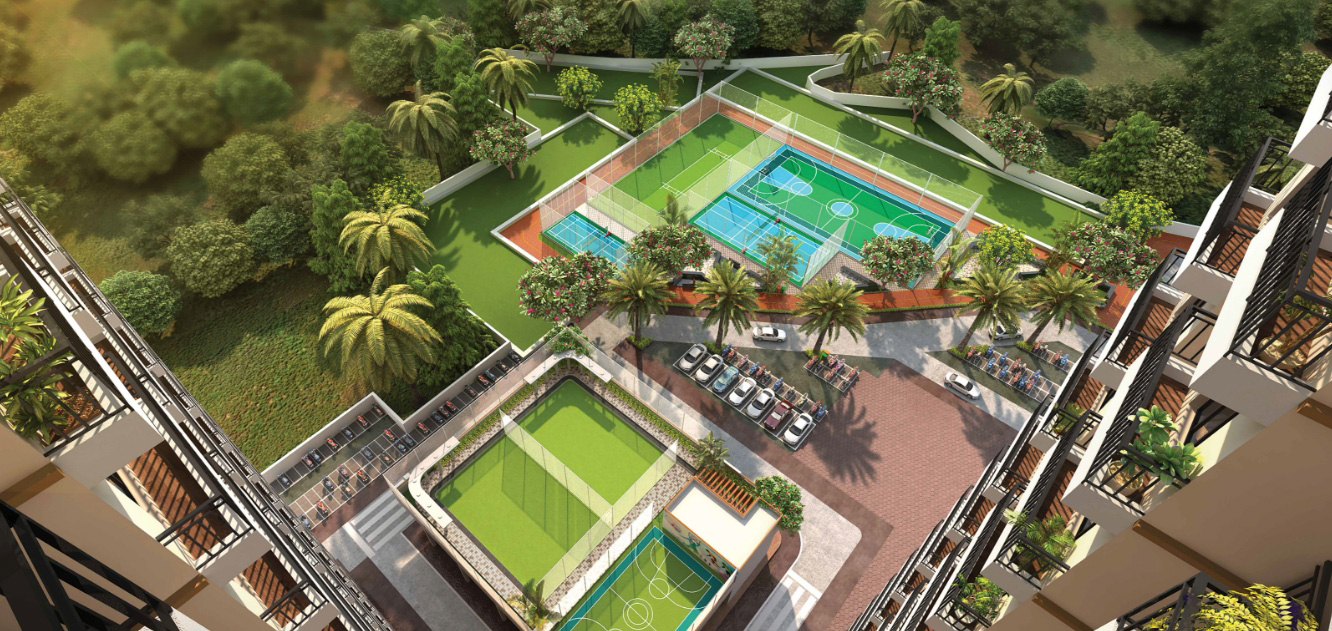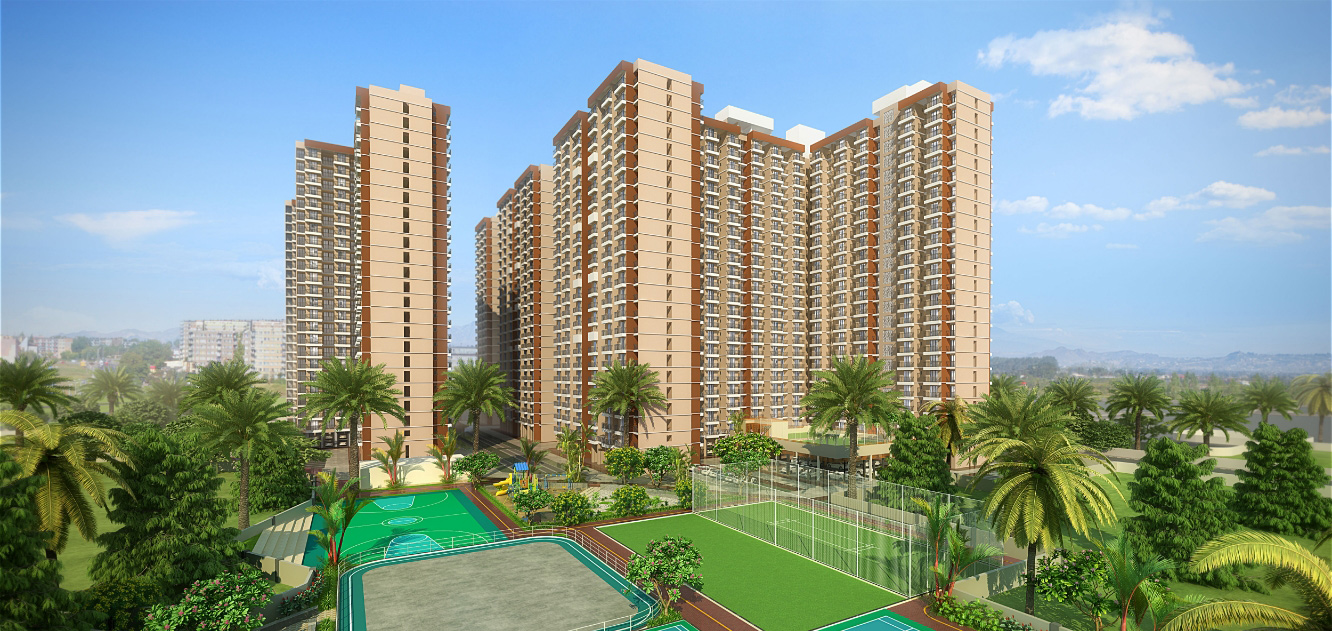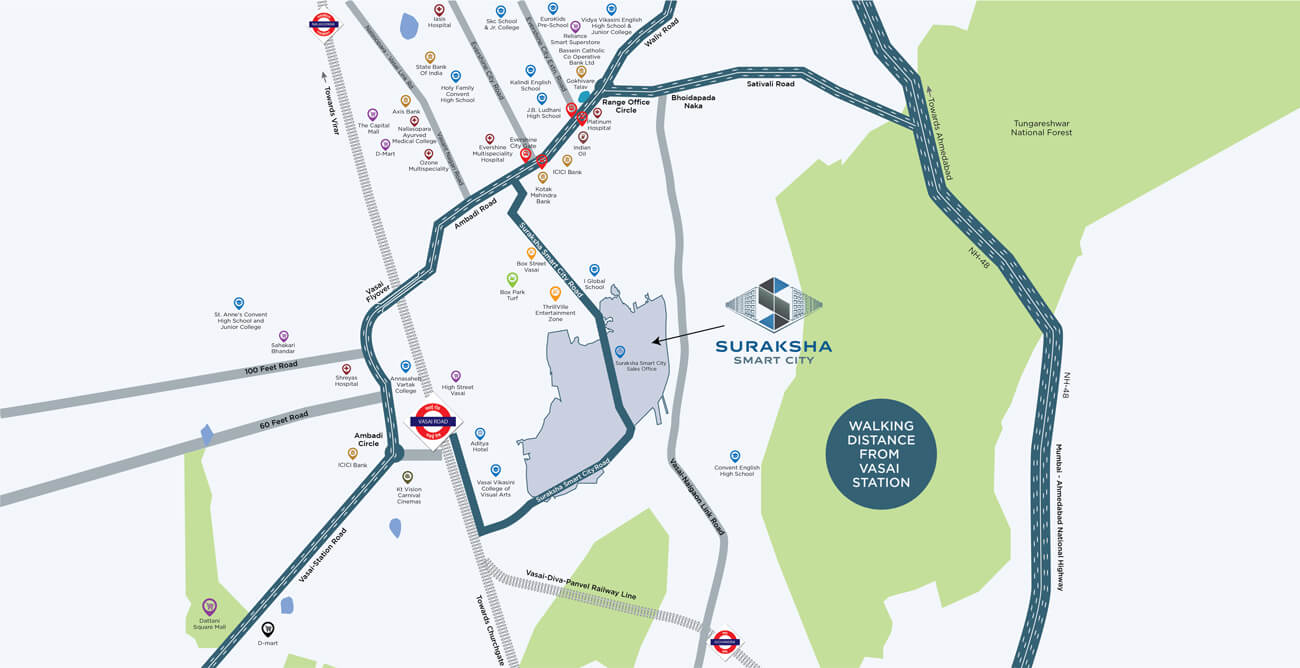Affordable Housing & Value Homes: The Need of the Hour

Two terms often heard when the demand for residential real estate is discussed are pricing and smart-value residences. India is on a fast track when it comes to urbanisation and a shift in its housing narrative comes from estimates that 40% of its population are set to be living in an urban agglomerate by 2030. We expect this to further set off a demand for homes that are both affordable and aspirational, an aspect of the real estate market which we have already seen. But as we go forward in this changing direction, affordable housing and value homes will move from being market segments to societal imperatives.
Urbanisation through Affordable Housing
At the foundation of affordable housing lies sustainable urban development. It is an important part of ensuring social inclusion and economic resilience. The provision of affordable housing by way of dignified living spaces to the economically weaker sections (EWS) and low-income groups (LIG) are prime examples. A report by CII and Knight Frank shows that India’s housing shortfall is of around 10 million units, with nearly 95% of the upcoming urban housing demand slated to lie in the affordable segment by 2030. If this discrepancy is not tacked soon, it could facilitate the expansion of slums and informal settlements affecting urban infrastructure and public health systems adversely.
Aware of this, our government has switched to mission-mode with its initiatives. Affordable housing has got a thrust into the policy mainstream with the Pradhan Mantri Awas Yojana (PMAY). Both its urban and rural projects have a role to play in this and the government has scaled up its vision plan to provide 30 million additional homes by 2029 under PMAY 2.0. The subsidies on interest, tax sops and priority sector lending to affordable housing category have collectively managed to stimulate both demand and supply.
Challenges that Persist
When we talk about affordable housing and value homes being the need of the hour the sector is not spared of headwinds. These come in the form of rising costs – land and construction, lack of access to credit to the informal sector of workers and a mismatch between policy definitions and real-world affordability that restricts the segment’s momentum. The RBI for instance defines affordable housing in metros as those that cost under Rs 4.5 million, while the average price for a 30 sq. m unit in Mumbai has surged to Rs 7.5 million. This has rendered the RBI’s limit outdated and out of sync with actual market realities. Another factor affecting affordability significantly are the interest rate hikes given that a EWS household now faces an EMI-to-income ratio of 62% far exceeding the banking sector’s permissible threshold of 50%.
The Rise of Value Homes
Moving beyond the traditional affordable housing definition of meeting the needs of EWS and LIG segments, value homes tackle the challenges of cost, comfort, and convenience. This has emerged as a parallel to affordable housing and helped strike a critical balance between pricing advantage, lifestyle appeal and accessibility. Usually paired with modern amenities, seamless access to transit corridors, and quality construction, value housing has a distinct appeal among those aspiring toward upward mobility. If we are to consider this from a developer’s standpoint, the emergence of value housing is a viable commercial proposition. From attracting institutional investments and enabling scalability, a project with value homes poses greater relevance as the demand shifts toward mid-income housing amidst growing nuclear families and formalisation of the workforce.
Conducive Ecosystem
Creating a conducive ecosystem for affordable and value housing ensures that the benefits of affordability schemes remain relevant and accessible to all. It thus requires focused and coordinated efforts taking along both demand and supply sides. One way is to align income thresholds and property price caps as defined by the government through its schemes with inflation and the varying cost structures applicable in different urban geographies. A key step, this will make sure that the affordability schemes benefits stay relevant and accessible to intended beneficiaries.
By offering tax breaks which are more attractive will incentivise private sector participation. It becomes equally important to creating that ecosystem working out the opening up of surplus government owned land, say under public sector undertakings to offer a more streamlined and time-bound project approval process for efficiency. A strong infrastructure being developed is critical to integrating affordable housing projects with urban transit systems, roads, water supply schemes, power distribution, and every other basic civic amenity that enhances liveability and improves long-term value.
The third component here is the financing front where innovative solutions such as micro-financing, interest subsidies, and relaxed documentation requirements for informal sector workers must be an area of focus. It can significantly improve access to credit and unlock latent housing demand. When they come together, these above interventions can help plug the gaps in residential real estate while creating inclusive urban growth.
The Road Ahead
India’s housing operates as diversely as its demographics. From first-time homebuyers in metropolitan areas to industrial workers in emerging economic zones, the need for cost-effective yet quality housing is on everyone’s mind. While the government has initiated action with a strong foundation, what we need to build on it is a more agile, responsive ecosystem. An ecosystem that has private sector collaboration, zoning reforms, and city-specific affordability guidelines meeting the ambitious housing goals by 2030. To conclude, affordable housing and value homes are not just about real estate as a business — they represent the promise of dignity, opportunity, and inclusiveness of a vision that resonates with a growing and equitable India.
Sourced By:- Projects Mirror
Wednesday | April 30, 2025





